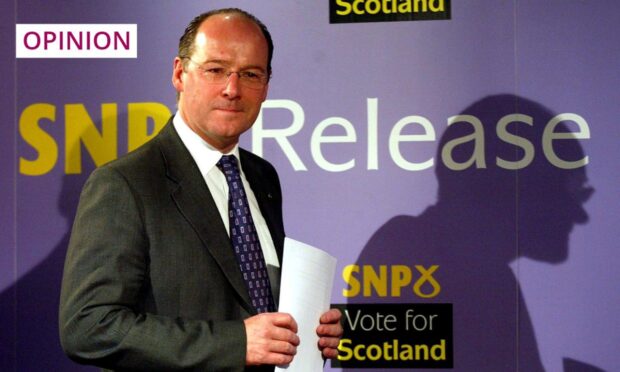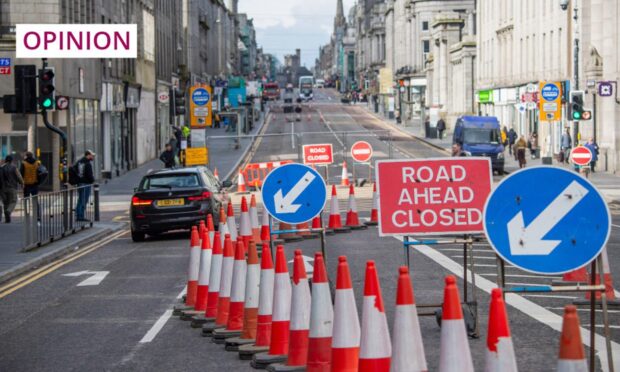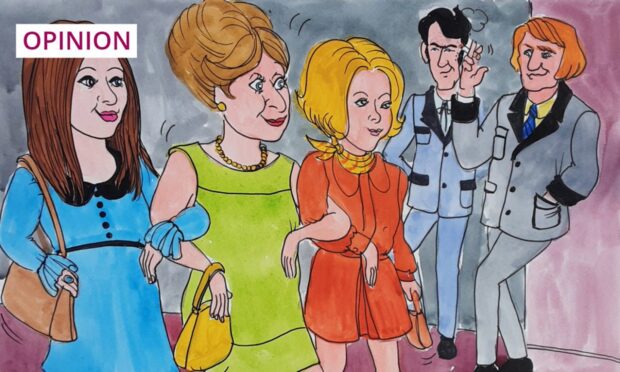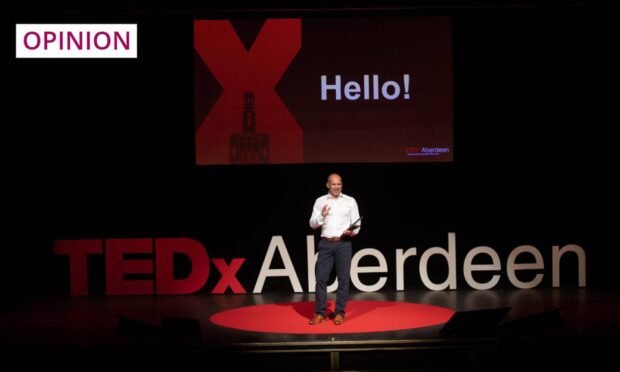Later this month, the SNP will hold a special conference in Dundee to consider ways to progress the cause of Scottish independence.
The conference was due to have taken place back in March but was postponed due to the party’s leadership election after Nicola Sturgeon unexpectedly stood down as First Minister.
The party’s options are limited. Under the terms of the Scotland Act, the Scottish Parliament has no right to hold a referendum on the issue.
Alternative plans to hold general or Scottish parliamentary elections as “de facto” referenda could simply be ignored by the Conservatives, Labour and the Liberal Democrats, who would claim that just because the SNP says an election is about a specific issue, that does not make it so.
How supporters of Scottish independence must cast envious eyes across the North Sea to Norway.
Many people forget that it is only within the lifetimes of many of our grandparents that Norway actually gained its independence.
In fact, the anniversary of the parliamentary vote on Norwegian independence, in 1905, was on Wednesday this week. Before 1905, Norway had been ruled by Sweden for almost 100 years, and by Denmark for 400 years before that.
What are the parallels between Norway and Scotland in terms of a case for independence?
A country of four or five million people dominated by a larger and more powerful neighbour? Sound familiar? There are other parallels.
In the lead-up to Norway’s campaign for independence, the Norwegian parliament espoused a firmly social democratic range of policies, while Sweden remained far more conservative.
Then there were rows between the two parliaments over Norway’s insistence on setting up its own consulates, just as there have been objections from Westminster over the Scottish Government setting up “international offices” in places like Beijing, Paris, and Washington.
International tensions also came into play. While Norway was more outward-looking, trading with Britain, the United States, and others, Sweden was firmly allied both politically and economically with Germany.

This was in the run-up to the First World War, and there were concerns, particularly in Britain, that if war broke out, Germany would have easy access to North Sea Norwegian ports, from which to launch attacks.
This led, it is believed, to tacit diplomatic support from Britain for Norwegian independence.
Matters came to a head in the Norwegian Parliament – the Storting – on June 7, 1905, amid fears that tensions had risen to such a degree that war might break out between the two countries.
The Storting passed a motion to dissolve the union between Norway and Sweden and organised a referendum for August 13 that year.
This vote, only open to men at the time, was passed overwhelmingly (universal suffrage was not introduced until 1913).
The terms of the dissolution were negotiated by representatives of the two governments at the end of August, were completed by the following month, and accepted by both Norwegian and Swedish parliaments in October. How easy was that?
The result today is that the two countries live in neighbourly harmony, and thanks to North Sea oil, Norway is one of the richest nations on the planet.
We can only look on and think, “what if?”. Just imagine what that level of wealth pouring into Scotland would have meant, for the country as a whole and particularly for Aberdeen.
Of course, there are no exact parallels between the Scandinavian position in 1905 and the United Kingdom today.
For one thing, in 1905, while public opinion in Norway was almost 100 per cent behind their independence from Sweden; in Scotland today, the populace is still split down the middle.
And that is yet another problem for the SNP. In addition to how to hold a binding vote of independence, they have to calculate when to actually hold it.
Another referendum defeat a decade or so after the first one, and the issue will undoubtedly be off the table for a long, long time. And the signs at the moment are not particularly good.
Are the polls strong enough?
Would it be wise to take that chance with the polls at 50-50, or even with a slight majority for change?
Rushing headlong into another vote without the certainty of winning would be foolish, I believe. We need time to persuade at least some of those who voted No last time to change their minds. And the way to do that is by good governance.
Whatever people’s views of Alex Salmond today, as First Minister he led a competent government, respected by the majority.
He took support for independence from under 30 per cent to 45 per cent. We need the Scottish Government to demonstrate equal competence to get us comfortably over the line. And frankly, given the events of the past few weeks and months, that is a big ask.
Campbell Gunn is a retired political editor who served as special adviser to two first ministers of Scotland












Conversation